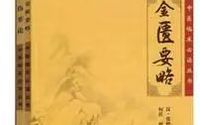The Essentials of the Golden Chamber
The “Essentials of the Golden Chamber” is one of the earliest existing specialized texts in China for diagnosing and treating miscellaneous diseases, representing the differential diagnosis theory created by Zhang Zhongjing. Both ancient and modern physicians hold this book in high regard, referring to it as the ancestor of formula books, the classic of medical prescriptions, and a model for treating miscellaneous diseases.
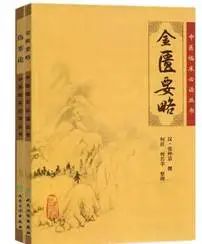
The “Essentials of the Golden Chamber”, originally titled “Essentials of the Golden Chamber on Formulas”, is one of the texts from the “Treatise on Cold Damage and Miscellaneous Diseases” authored by the famous Eastern Han physician Zhang Zhongjing. “Golden Chamber” refers to a place where ancient emperors stored sacred teachings and records, indicating the preciousness of the book’s content. The entire text is divided into three volumes: upper, middle, and lower, comprising 25 sections that cover over 60 diseases and include 262 prescriptions. The diseases discussed primarily focus on internal medicine, with additional content on surgery, gynecology, emergency treatments, and dietary restrictions. It has been praised by later generations as the “ancestor of formula books”.
Main Content:
The “Essentials of the Golden Chamber” consists of 25 sections. The first section, “Syndromes and Pulse Patterns of the Zangfu and Meridians”, serves as a general discussion, providing principled insights into the etiology, pathogenesis, diagnosis, treatment, and prevention of diseases through examples, thus holding a programmatic significance throughout the book. Sections two to seventeen discuss the diagnosis and treatment of internal diseases. The eighteenth section addresses the diagnosis and treatment of surgical diseases. The nineteenth section discusses five types of diseases that are difficult to classify. Sections twenty to twenty-two focus on the diagnosis and treatment of gynecological and obstetric diseases. The last three sections cover miscellaneous treatments and dietary restrictions.
The original text contains 398 entries in the first 22 sections, which include over 40 diseases such as spasms, dampness, heat, lily disease, fox disease, yin-yang toxicity, malaria, stroke, rheumatism, blood stasis, deficiency, lung atrophy, lung abscess, cough, shortness of breath, chest obstruction, heart pain, abdominal fullness, cold hernia, food stagnation, wind-cold in the five zang organs, accumulation, phlegm-dampness, diabetes, urinary difficulties, gonorrhea, water retention, jaundice, palpitations, vomiting blood, lower gastrointestinal bleeding, chest fullness, blood stasis, vomiting, hiccups, diarrhea, sores, intestinal abscesses, immersion sores, leg cramps, fox hernia, roundworms, as well as diseases related to women’s pregnancy, postpartum conditions, and miscellaneous diseases. A total of 205 prescriptions are recorded (of which 4 only list the prescription names without detailing the herbs), using 155 medicinal substances. In terms of treatment methods, besides using medications, acupuncture and dietary therapy are also employed, with a strong emphasis on clinical care. Various forms of medication are included, such as decoctions, pills, powders, and wines for internal use, as well as fumigation, washing, sitting, and external applications, totaling over ten types. Some sections provide detailed records on the methods of decocting and taking medicines, as well as post-medication reactions.
Representative Key Sentences:
“When observing liver disease, one should know that the liver transmits to the spleen, and one must first strengthen the spleen.” — “Essentials of the Golden Chamber: Syndromes and Pulse Patterns of the Zangfu and Meridians”
“Women are endowed with the five constants, growing according to the wind and climate; although the wind and climate can nurture all things, they can also harm all things, just as water can float a boat or capsize it.” — “Essentials of the Golden Chamber: Syndromes and Pulse Patterns of the Zangfu and Meridians”
“For those with dampness causing body aches, one may use Ma Huang Jia Zhu Decoction to induce sweating; caution against using fire to attack it.” — “Essentials of the Golden Chamber, Volume One: Syndromes of Spasms, Dampness, and Heat”
Representative Prescriptions:
Wu Tou Gui Zhi Decoction
Ingredients: Gui Zhi (Cinnamon Twig), Shao Yao (Peony), Gan Cao (Licorice), Sheng Jiang (Fresh Ginger), Da Zao (Jujube), Wu Tou (Aconite)
Original Text: “Cold hernia causes abdominal pain, counterflow cold, numbness in hands and feet; if body aches persist and moxibustion and acupuncture cannot treat it, Wu Tou Gui Zhi Decoction is indicated.”
Effects: Expels cold, regulates the qi, warms the meridians, dispels dampness, and alleviates pain.
Ban Xia Hou Po Decoction
Ingredients: Ban Xia (Pinellia), Hou Po (Magnolia Bark), Fu Ling (Poria), Sheng Jiang (Fresh Ginger), Zi Su (Perilla)
Original Text: “For women who feel as if there is a piece of meat stuck in their throat, Ban Xia Hou Po Decoction is indicated.”
Effects: Resolves phlegm, smooths the qi, and descends counterflow.
Gan Mai Da Zao Decoction
Ingredients: Gan Cao (Licorice), Fu Xiao Mai (Wheat), Da Zao (Jujube)
Original Text: “For women with irritability, who are prone to sadness and crying, as if possessed by spirits, and frequently stretching, Gan Mai Da Zao Decoction is indicated.”
Effects: Tonifies the spleen, nourishes the heart, and calms the spirit.
Influence and Value:
The “Essentials of the Golden Chamber” is one of the classic texts of Traditional Chinese Medicine, praised by later generations as the “ancestor of formula books” and is a fundamental course in clinical TCM for modern medical students. The book provides analysis and research on the treatment of stroke, covering disease names, etiology, pathogenesis, syndrome types, treatment methods, and prescriptions. Although the discussion on stroke is not extensive, it has established a diagnostic and treatment system for stroke. It has created a standardized naming for stroke, accurately describing its clinical characteristics and establishing diagnostic criteria; clarifying the pathogenesis of stroke as an invasion of the qi and blood; emphasizing the involvement of the meridians in stroke; proposing clinical differentiation of stroke based on its location in the meridians, organs, and zang; creating stroke prescriptions, and inventing methods for treating stroke through the meridians, applying various treatment principles such as tonifying the righteous and expelling the evil, nourishing blood and dispelling wind, calming and descending counterflow, clearing heat and reducing fire, and moistening and unblocking the meridians. This system has remained relevant and has creatively established a diagnostic and treatment framework for stroke, particularly with accurate descriptions of stroke differentiation, which are clinically applicable and provide guidance for treatment, judgment of conditions, and prognosis.
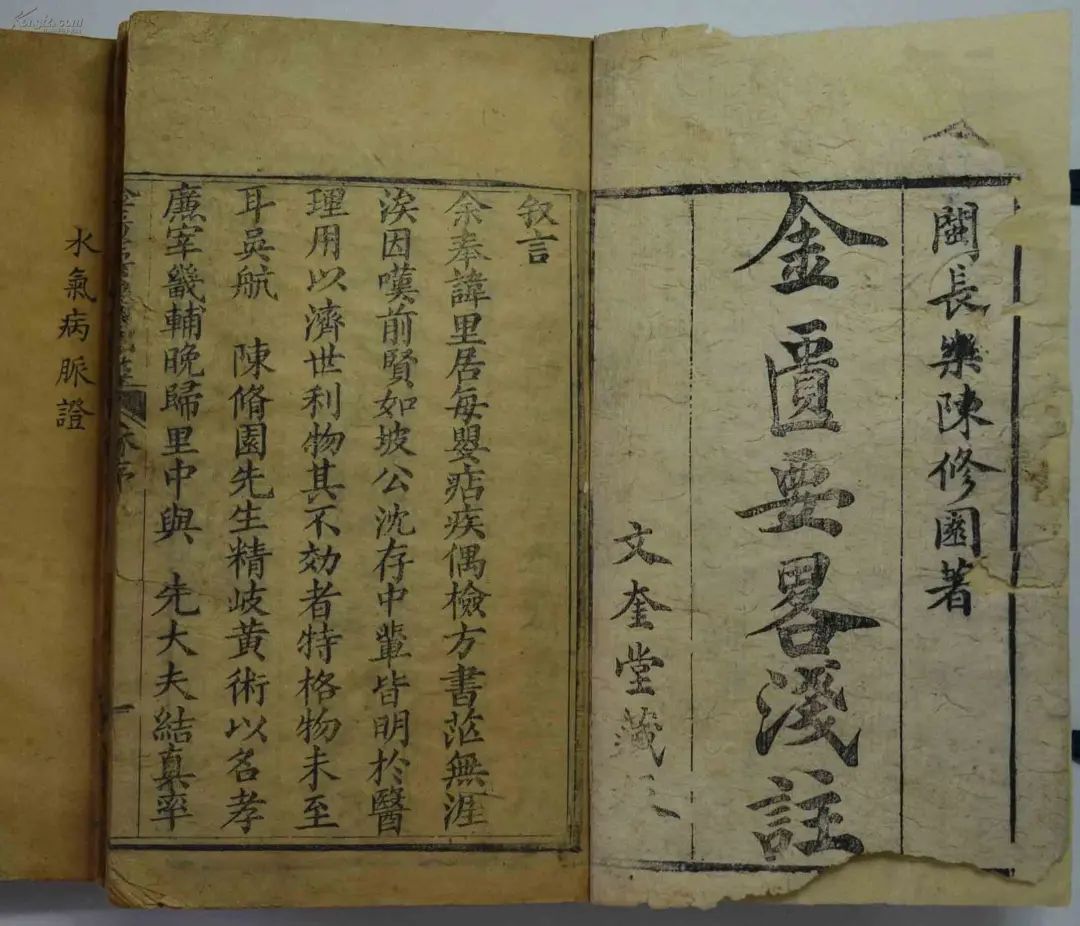
Main Versions:
After the publication of the “Essentials of the Golden Chamber”, due to wars and other reasons, it quickly became scattered. By the Northern Song Dynasty, Hanlin scholar Wang Zhu discovered a damaged version of the “Essentials of the Golden Chamber” in the imperial library. The book is divided into three volumes: upper, middle, and lower, and is actually a condensed version of the “Treatise on Cold Damage and Miscellaneous Diseases”. The Northern Song’s Medical Book Correction Bureau edited the “Essentials of the Golden Chamber” based on this version, removing the cold damage sections from the upper volume, retaining the middle and lower volumes on miscellaneous diseases and women’s diseases, and reorganizing it into the “Essentials of the Golden Chamber on Formulas”, divided into upper, middle, and lower volumes, with the text being standardized from then on, leading to various versions.
The first edition of the “Essentials of the Golden Chamber on Formulas” was published in the third year of the Song Zhiping era (1066), but the original edition has been lost. During the Southern Song Dynasty, there was a version known as the Shu Pa edition, which has also been lost, but a Ming dynasty copy based on the Southern Song Shu Pa edition is preserved in Japan’s Yuxiutang, and the Chinese Academy of Sciences also holds a copy. In the Yuan dynasty, a reprint based on the Southern Song Shu Pa edition is held in Peking University Library, titled “New Compilation of the Golden Chamber Formulas”, with a preface by Deng Zhen dated to the year of the Gengchen (1340), which is the earliest existing edition of the “Essentials of the Golden Chamber”. In the 27th year of the Ming Wanli era (1599), Zhao Kaimei published the “Complete Works of Zhongjing”, which included a reprint of the “Essentials of the Golden Chamber on Formulas” (known as the Zhao Kaimei edition), recognized as one of the earliest and best-preserved versions of the “Essentials of the Golden Chamber” by domestic scholars. During the Ming Jiajing era (approximately 1522-1566), Yu Qiao published the “Essentials of the Golden Chamber on Formulas” (known as the Yu Qiao edition), and the first printed edition in 1929 by the Commercial Press was based on the Yu edition. In the 29th year of the Ming Wanli era (1601), Wu Mianxue included the “Essentials of the Golden Chamber on Formulas” in the “Complete Works of Traditional and Modern Medicine” (known as the “Medical Canon” edition). The second printing of the “Four Great Collections” (the 1936 edition) used the Wu edition instead of the Yu Qiao edition. After the Qing dynasty, many editions were published, including the Kangxi 22nd year (1683) Wenruitang edition, the Kangxi 60th year (1721) Baoluntang edition, the Guangxu 20th year (1894) Chengdu Deng’s Chongwen Zhai edition, as well as the 1912 Jiangdong Bookstore stone-printed edition and the 1954 Commercial Press reprint, and the 1964 People’s Health Publishing House reprint.
Expert Reviews:
Wang Zhu: “The upper part discusses cold damage, the middle part discusses miscellaneous diseases, and the lower part contains formulas and treatments for women. It has been recorded and transmitted to scholars, with only a few families. I have tried to apply the formulas to the corresponding syndromes on people, and the effects are miraculous. However, there are cases where there are syndromes without formulas, or formulas without syndromes, which may not fully address diseases. The state ordered Confucian scholars to correct medical texts; I first corrected the “Treatise on Cold Damage”, then the “Essentials of the Golden Chamber”. Now I have completed this book, still arranging the formulas under the corresponding syndromes for convenience in urgent situations. I have also collected scattered formulas from various families and attached them at the end of each section to broaden their application.”
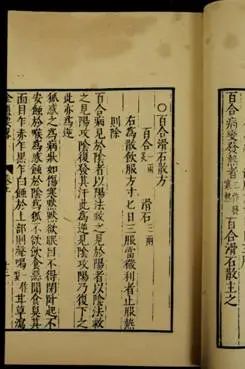
Reference Links:
1. Essentials of the Golden Chamber on Baidu Encyclopedia2. “Essentials of the Golden Chamber: Syndromes and Pulse Patterns of the Zangfu and Meridians”3. Famous Sentences in the “Essentials of the Golden Chamber”4. 16 Commonly Used Prescriptions in the “Essentials of the Golden Chamber”5. Contributions and Impact of the “Essentials of the Golden Chamber” on Stroke Research
Table of Contents:
-
Preface to the “Essentials of the Golden Chamber”
-
Section One: Syndromes and Pulse Patterns of the Zangfu and Meridians
-
Section Two: Syndromes of Spasms, Dampness, and Heat
-
Section Three: Treatment of Lily Disease, Fox Disease, and Yin-Yang Toxicity
-
Section Four: Treatment of Malaria Syndromes
-
Section Five: Treatment of Stroke and Rheumatism Syndromes
-
Section Six: Treatment of Blood Stasis and Deficiency Syndromes
-
Section Seven: Treatment of Lung Atrophy, Lung Abscess, Cough, and Shortness of Breath
-
Section Eight: Treatment of Chest Obstruction and Heart Pain
-
Section Nine: Treatment of Abdominal Fullness, Cold Hernia, and Food Stagnation
-
Section Ten: Treatment of Wind-Cold in the Five Zang Organs and Accumulation
-
Section Eleven: Treatment of Phlegm-Dampness and Cough
-
Section Twelve: Treatment of Diabetes, Urinary Difficulties, and Gonorrhea
-
Section Thirteen: Treatment of Water Retention Syndromes
-
Section Fourteen: Treatment of Jaundice Syndromes
-
Section Fifteen: Treatment of Palpitations, Vomiting Blood, and Lower Gastrointestinal Bleeding
-
Section Sixteen: Treatment of Chest Fullness and Blood Stasis
-
Section Seventeen: Treatment of Vomiting, Hiccups, and Diarrhea
-
Section Eighteen: Treatment of Sores, Intestinal Abscesses, and Immersion Sores
-
Section Nineteen: Treatment of Leg Cramps, Finger and Arm Swelling, and Roundworms
-
Section Twenty: Treatment of Women’s Pregnancy Syndromes
-
Section Twenty-One: Treatment of Women’s Postpartum Syndromes
-
Section Twenty-Two: Treatment of Women’s Miscellaneous Diseases
-
Section Twenty-Three: Miscellaneous Treatments
-
Section Twenty-Four: Dietary Restrictions for Animals and Insects
-
Section Twenty-Five: Dietary Restrictions for Fruits, Vegetables, and Grains
| =====Previous Classics=====Chinese Medicine – Efficacy and Contraindications of Shang LuChinese Medicine – Efficacy and Functions of He ZiChinese Medicine – Efficacy and Contraindications of Qian HuChinese Medicine – Efficacy and Contraindications of Wei Ling Xian/Tiger Whiskers/Iron BroomChinese Medicine – Efficacy and Contraindications of Turtle ShellEfficacy and Functions of Wu Mei and Its ContraindicationsEssential Skills for Emergency Trauma Care: Hemostasis and Bandaging[Health] How to Prevent Infectious Diseases After Floods?Heat Stroke is the Most Severe Type of Heat Illness with High Mortality; These Common Knowledge Should Be MasteredWhen Choosing a Partner, Do You Prefer Older or Younger? The Best Age Difference for Happiness |
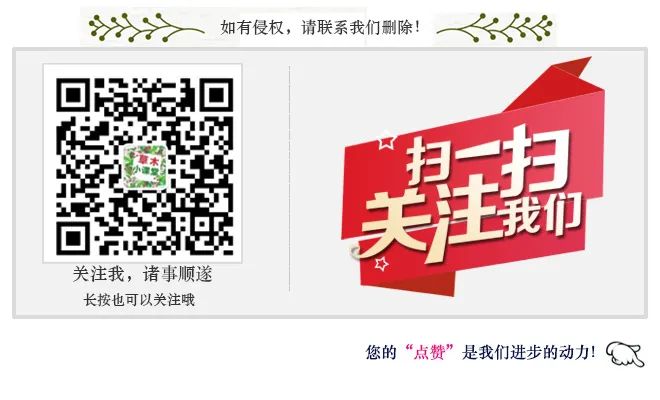
Note:Please do not use medications without professional guidance; follow medical advice.

